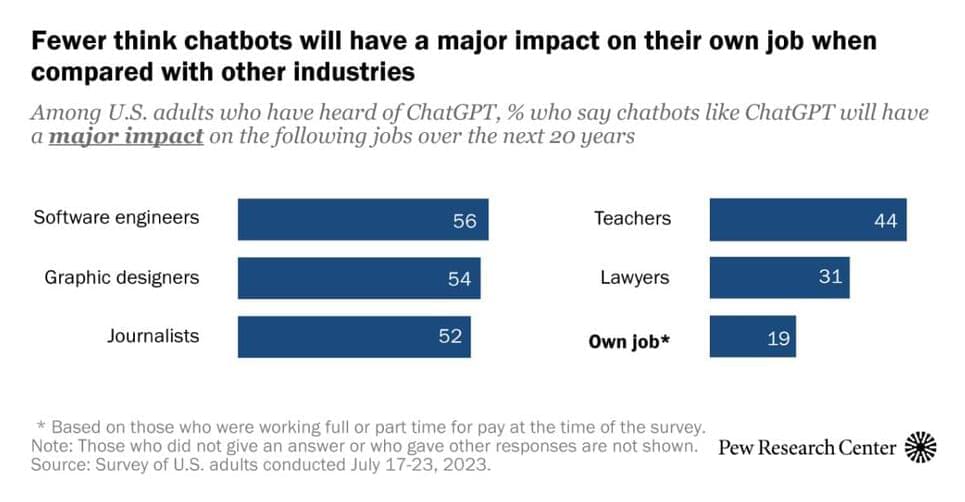Wi-Fi signals can do much more than deliver streaming movies and music around the home, it turns out: they can also be used to identify shapes through solid walls, as demonstrated in recent experiments.
The ability for Wi-Fi to spot movement through walls has been shown off before, but the technology struggles with seeing anything that isn’t in motion.
To overcome that limitation, researchers from the University of California Santa Barbara (UCSB) designed a Wi-Fi setup to concentrate specifically on the edges of objects, much like a person might do an outline drawing.








